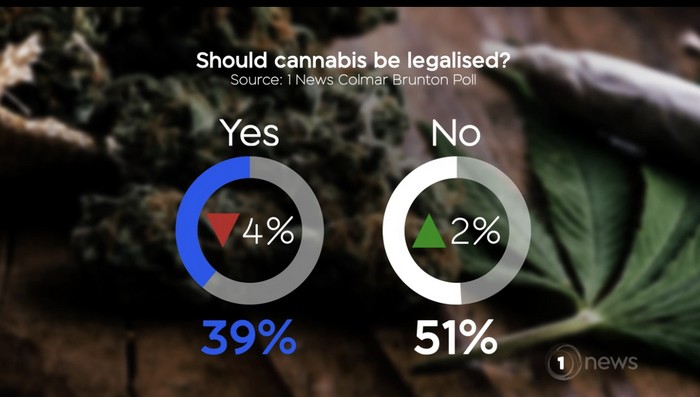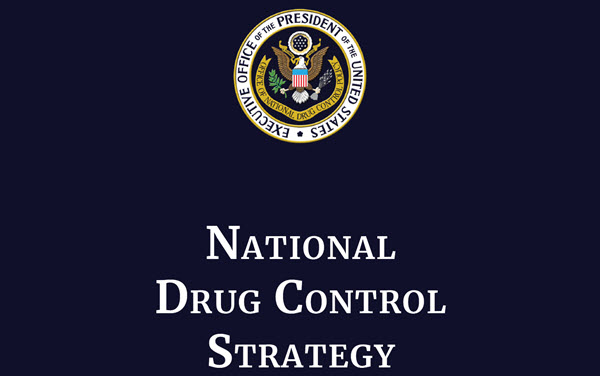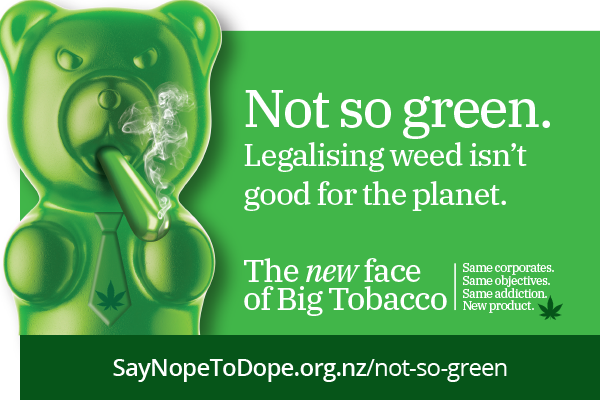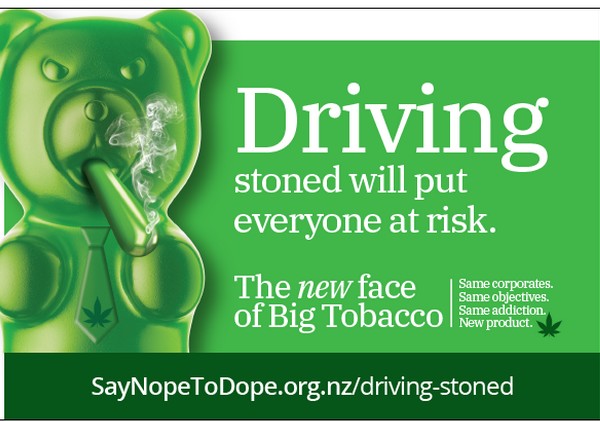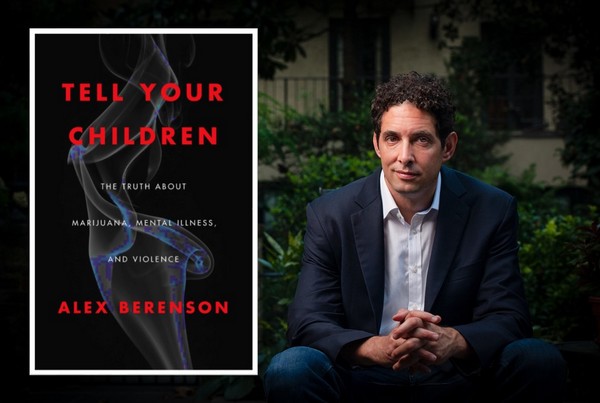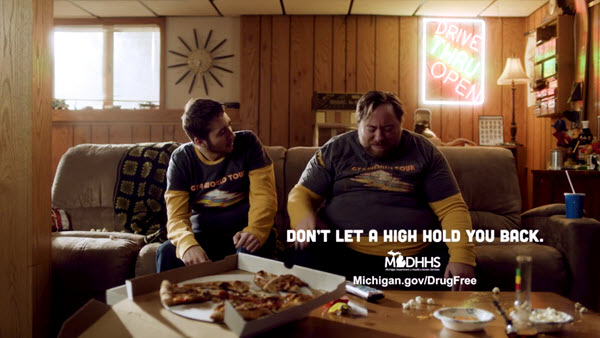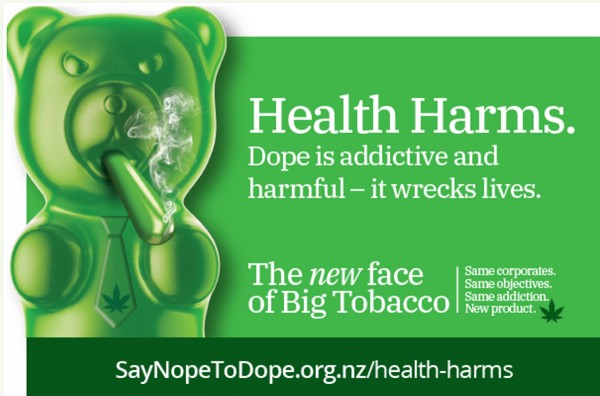
Stat News 21 January 2020
Family First Comment: Who you gonna believe? Politicians like Andrew Little and Chloe Swarbrick, and the Drug (Friendly) Foundation – or this Expert? (one of many actually sounding the same warning)….
“I have seen the impact of unrestrained cannabis marketing firsthand in my work as president of the International Society for the Study of Drug Policy, a health economist at the University of Southern California, and former co-director of the RAND Corporation’s Drug Policy Research Center. The evidence for public health risks is clear, including increases in impaired driving, increases in adverse effects among pregnant and/or nursing women who use cannabis, increases in acute psychosis and emergency department visits, increases in cannabis use disorder and dependence, and increases in vaping-related lung injuries. The notion that cannabis is not harmful — which is strongly promoted by the expanding cannabis industry — has taken particular root among the young, who are vaping nicotine and cannabis in record numbers. Even though use of cannabis among non-adults is illegal, a new study by the National Institute on Drug Abuse found that 21% of 12th graders had vaped cannabis in the past year, as had 19% of 10th graders and 7% of 8th graders.”
I have seen the impact of unrestrained cannabis marketing firsthand in my work as president of the International Society for the Study of Drug Policy, a health economist at the University of Southern California, and former co-director of the RAND Corporation’s Drug Policy Research Center. The evidence for public health risks is clear, including increases in impaired driving, increases in adverse effects among pregnant and/or nursing women who use cannabis, increases in acute psychosis and emergency department visits, increases in cannabis use disorder and dependence, and increases in vaping-related lung injuries.
The notion that cannabis is not harmful — which is strongly promoted by the expanding cannabis industry — has taken particular root among the young, who are vaping nicotine and cannabis in record numbers. Even though use of cannabis among non-adults is illegal, a new study by the National Institute on Drug Abuse found that 21% of 12th graders had vaped cannabis in the past year, as had 19% of 10th graders and 7% of 8th graders.
States can step up their regulatory game in a number of ways. For starters, here are three trends that deserve high-priority attention.
Frequent users
In every year from 2000 to 2016, daily and near-daily users of cannabis represented at least 75% of all use, as measured in days of use. So as cannabis use in general is rising, cannabis use days among frequent users is also climbing, up from 1.4 billion days of use in 2000 to more than 3.5 billion days of use in 2016.
In the world of commerce, frequent customers sustain for-profit businesses. That is certainly true for cannabis, where sellers have clear incentives to develop more daily and near-daily users. To counter that trend, state legislatures that are contemplating legalization should consider alternative market models, including sole-source or government monopolies, nonprofits, social clubs, or public benefit corporations. These models reduce competition — which in turn reduces marketing and promotion — raise prices and, for some models, force companies to consider the community impacts of selling their product while making a safe product available to consumers.
While noncompetitive markets generally aren’t liked, the public health community has argued in the case of tobacco and alcohol that they may be more desirable due to potential public health risks. And it is always easier to move from a noncompetitive market to a competitive market should the public health risks not be realized.
Hospitalizations and emergency department visits
Cannabis-related emergency department visits have increased substantially, especially in states with more liberal policies. In Colorado, hospitalizations among cannabis users doubled after legalization of medical marijuana, and emergency visits doubled after legalization of recreational marijuana, notably for pediatric ingestion, acute intoxication, uncontrolled vomiting, acute psychosis, and burns from butane hash oil.
Most state regulatory agencies haven’t paid enough attention to the development of cannabis products that can be mistaken for non-cannabis merchandise or that target younger users. Edibles and extracts — cannabis oils, vape cartridges, and concentrates — are surging in recreational markets and deliver substantially more concentrated tetrahydrocannabinol (THC) (60% to 80% THC) than dried flowers (20% to 30% THC).
States should devote more regulatory resources to checking cannabis products being sold in stores, ensuring honest product labeling, developing regulatory processes for the development of new products before they go to market, ensuring proper and honest testing by independent labs, and restricting high potency waxes, oils, and the like from the market.
Pregnancy and nursing
Cannabis components easily cross the placenta and the blood-brain barrier. Newborns can also receive them through breast milk. Physicians agree that women who are pregnant or who are nursing infants should avoid using cannabis, but the trend line is going in the wrong direction. Increasing numbers of pregnant women report using cannabis to self-treat nausea, anxiety, depression and vomiting.
One study found that more than two-thirds of cannabis stores called at random in Colorado recommended cannabis products for easing morning sickness. Dispensaries should not be the place where people get their information on the potential benefits or harms of cannabis.
To help protect pregnant women, their babies, and everyone else who uses cannabis, all states should do these three things:
- Train board-certified pharmacists who are knowledgeable about cannabis products and require that they be on staff at dispensaries, as is the model now in Minnesota, Connecticut, and New York.
- Require health departments to proactively engage in community education of physicians, parents, and patients about the known health benefits and risks of cannabis, providing a strong counter to the false information being provided by some cannabis dispensaries.
- Impose significant financial penalties on producers and/or retailers — as well as their employees — who communicate inaccurate health information to consumers.
READ MORE: https://www.statnews.com/2020/01/21/states-public-health-risks-cannabis/

